Introduction to Maitake Mushroom Soup
Maitake mushrooms, known as "hen of the woods" in English and "dancing mushrooms" in Japanese, are not only culinary treasures but also powerful immune-supporting fungi that have been revered in Eastern medicine for centuries. Their rich, earthy flavor and impressive nutritional profile make them perfect for creating deeply satisfying soups that nourish both body and soul.
In this comprehensive guide, we'll explore several different ways to prepare maitake mushroom soup, from traditional Japanese preparations to contemporary Western adaptations. Whether you're looking to support your immune system, explore Japanese cuisine, or simply enjoy a delicious mushroom soup, these recipes will provide you with the knowledge and inspiration to create a memorable dish.
Let's begin our journey into the world of maitake mushroom soup with an understanding of what makes these special fungi so prized in culinary traditions around the world.
Understanding Maitake Mushrooms
Before diving into our recipes, it's worth understanding what makes maitake mushrooms special and why they work so beautifully in soup preparations.
What Are Maitake Mushrooms?
Maitake mushrooms (Grifola frondosa) grow in clusters at the base of trees, primarily oak, with a distinctive ruffled appearance that resembles a hen's feathers. Their name in Japanese, "maitake," means "dancing mushroom," reportedly because people would dance with joy upon finding these valuable mushrooms in the wild.
Unlike common button mushrooms, maitakes have a complex flavor profile that can be described as:
- Deeply earthy
- Slightly peppery
- Umami-rich
- Woodsy with subtle fruity notes
Their texture is equally exceptional, being simultaneously tender yet slightly firm with crisp edges when properly cooked.

Health Benefits of Maitake Mushrooms
Maitake mushrooms aren't just delicious; they're also packed with nutritional and medicinal properties that make them a staple in health-conscious cooking:
- Beta-glucans: These complex polysaccharides are known for their immune-modulating properties
- Vitamin D: Maitakes are one of the few natural food sources of vitamin D
- Antioxidants: They contain compounds that help combat oxidative stress
- Dietary fiber: Excellent for digestive health and satiety
- Low in calories: Perfect for those monitoring calorie intake
- Rich in minerals: Including potassium, calcium, and magnesium
When incorporated into a soup, these nutrients become more bioavailable, making maitake mushroom soup not just a delicious meal but also a therapeutic one.
Classic Japanese Maitake Mushroom Miso Soup
Let's start with a traditional Japanese preparation that highlights the natural flavors of maitake mushrooms while incorporating the probiotic benefits of miso paste.
Ingredients
For the Dashi (Japanese Soup Stock):
- 4 cups water
- 1 piece of kombu (dried kelp), approximately 4 inches square
- 1/2 cup bonito flakes (skip for vegetarian/vegan version)
- OR 1 tablespoon instant dashi powder for convenience
For the Soup:
- 1 medium maitake mushroom cluster (approximately 3-4 ounces), cleaned and separated into bite-sized pieces
- 3 tablespoons white or red miso paste (white is milder, red is more robust)
- 2 tablespoons sliced green onions
- 1 small block of soft tofu, cut into 1/2-inch cubes (optional)
- 2 teaspoons soy sauce or tamari (optional)
Instructions
-
Prepare the dashi: Place the kombu in cold water and let it soak for 30 minutes. Then heat the water until it just begins to simmer (do not boil). Remove the kombu, add bonito flakes if using, turn off the heat, and let sit for 5 minutes. Strain the liquid to remove solids. If using instant dashi powder, simply dissolve it in warm water according to package instructions.
-
Cook the maitake: Bring the dashi to a gentle simmer and add the maitake mushroom pieces. Cook for 3-5 minutes until the mushrooms are tender but still retain some texture.
-
Add the miso: Place the miso paste in a small strainer and lower it into the pot. Using chopsticks or a spoon, dissolve the miso paste through the strainer into the soup. This method prevents clumping.
-
Final touches: Add the tofu cubes if using and heat through without boiling (boiling will damage the beneficial probiotics in the miso). Add soy sauce to taste if desired.
-
Serve: Ladle the soup into bowls and garnish with sliced green onions.
Recipe Notes
- Don't boil the soup after adding miso to preserve its probiotic benefits
- Adjust the miso amount to your taste preference; start with less and add more if needed
- Store any leftovers in the refrigerator for up to 2 days
Creamy Maitake Mushroom Soup (Western Style)
For those who prefer a richer, creamier soup in the Western tradition, this recipe transforms maitake mushrooms into a luxurious, velvety soup that's perfect for colder weather.
Ingredients
- 1 pound maitake mushrooms, cleaned and separated into pieces
- 2 tablespoons olive oil or butter
- 1 medium onion, finely diced
- 2 cloves garlic, minced
- 1 tablespoon fresh thyme leaves (or 1 teaspoon dried)
- 1/4 cup all-purpose flour (use rice flour for gluten-free option)
- 4 cups vegetable or chicken broth
- 1 cup heavy cream or full-fat coconut milk
- Salt and freshly ground black pepper to taste
- 2 tablespoons fresh parsley, chopped (for garnish)
- Optional: 1/4 cup dry white wine or sherry
Instructions
-
Sauté the aromatics: Heat the oil or butter in a large pot over medium heat. Add the onions and cook until translucent, about 5 minutes. Add the garlic and thyme, and cook for another minute until fragrant.
-
Cook the mushrooms: Add the maitake mushroom pieces to the pot and cook until they release their moisture and begin to brown slightly, about 7-10 minutes. If using wine, add it now and let it reduce by half.
-
Make the soup base: Sprinkle the flour over the mushroom mixture and stir continuously for 1-2 minutes to cook the flour. Gradually whisk in the broth, ensuring no lumps form.
-
Simmer: Bring the soup to a simmer and cook for about 15 minutes, allowing it to thicken slightly.
-
Blend (optional): For a smoother texture, you can blend approximately half of the soup using an immersion blender or standard blender, then return it to the pot.
-
Finish the soup: Reduce heat to low and stir in the cream or coconut milk. Heat through without boiling. Season with salt and pepper to taste.
-
Serve: Ladle into bowls and garnish with fresh parsley.
Recipe Notes
- Reserve some sautéed mushrooms before blending to add texture to the final soup
- For a lighter version, substitute the heavy cream with half-and-half or whole milk
- For enhanced mushroom flavor, you can add a small amount of dried porcini powder
Healing Maitake Mushroom Immune Soup
This nourishing soup combines maitake mushrooms with other immune-supporting ingredients to create a powerhouse dish that's especially beneficial during cold and flu season.
Ingredients
- 1 large maitake mushroom cluster (about 4 ounces), cleaned and separated
- 4 shiitake mushrooms, stems removed and caps sliced (adds complementary immune benefits)
- 2 tablespoons coconut oil or olive oil
- 1 medium onion, diced
- 3 cloves garlic, minced
- 1 tablespoon fresh ginger, minced
- 1 carrot, diced
- 2 celery stalks, diced
- 6 cups vegetable broth or bone broth
- 1 tablespoon turmeric powder
- 1/4 teaspoon black pepper (enhances turmeric absorption)
- 1 cup kale or spinach, chopped
- Juice of half a lemon
- 2 tablespoons fresh herbs (such as parsley, cilantro, or chives)
- Optional: 1 tablespoon miso paste for additional probiotic benefits
- Optional: 1/4 teaspoon cayenne pepper for additional circulation support
Instructions
-
Prepare the base: Heat the oil in a large pot over medium heat. Add onions, carrots, and celery, and sauté until softened, about 5-7 minutes.
-
Add aromatics: Add the garlic and ginger, and cook for another 1-2 minutes until fragrant.
-
Incorporate mushrooms: Add both the maitake and shiitake mushrooms to the pot and cook until they begin to soften and release their moisture, about 5 minutes.
-
Add broth and spices: Pour in the broth and add the turmeric and black pepper. Bring to a gentle simmer and cook for about 20 minutes, allowing the flavors to meld.
-
Finish with greens: Stir in the chopped kale or spinach and cook just until wilted, about 2 minutes.
-
Final touches: Remove from heat and stir in the lemon juice. If using miso paste, dissolve it in a small amount of the hot broth first, then add it to the soup after removing from heat.
-
Serve: Ladle into bowls and garnish with fresh herbs.
Health Benefits
This soup combines multiple immune-supporting ingredients:
- Maitake and shiitake mushrooms: Provide beta-glucans for immune modulation
- Garlic and ginger: Offer antimicrobial and anti-inflammatory properties
- Turmeric and black pepper: Work synergistically as powerful anti-inflammatories
- Leafy greens: Provide vital vitamins and antioxidants
- Lemon: Adds vitamin C and brightens flavors
- Miso (if used): Contributes beneficial probiotics
Maitake Mushroom and Soba Noodle Soup
This hearty soup incorporates buckwheat soba noodles for a complete meal that's both satisfying and nutritious.
Ingredients
- 6 ounces maitake mushrooms, cleaned and separated into pieces
- 4 ounces soba noodles (100% buckwheat for gluten-free option)
- 4 cups dashi or vegetable broth
- 2 tablespoons tamari or soy sauce
- 1 tablespoon mirin (Japanese sweet rice wine)
- 1 tablespoon sesame oil
- 2 cloves garlic, thinly sliced
- 1 tablespoon fresh ginger, julienned
- 2 green onions, sliced diagonally (white and green parts separated)
- 1 medium carrot, julienned
- 2 baby bok choy, quartered lengthwise
- Optional protein: 1 soft-boiled egg per serving or 4 ounces firm tofu, cubed
Instructions
-
Prepare the noodles: Cook the soba noodles according to package instructions, usually about 4-5 minutes. Drain, rinse with cold water, and set aside.
-
Sauté aromatics: Heat the sesame oil in a large pot over medium heat. Add the white parts of the green onions, garlic, and ginger, and sauté until fragrant, about 1-2 minutes.
-
Cook the mushrooms: Add the maitake mushrooms and cook until they begin to soften, about 3-4 minutes.
-
Add broth and seasonings: Pour in the dashi or vegetable broth, tamari/soy sauce, and mirin. Bring to a simmer.
-
Cook vegetables: Add the carrots and cook for 2 minutes, then add the bok choy and cook for an additional 1-2 minutes until just tender.
-
Assemble the soup: Divide the cooked soba noodles among serving bowls. Ladle the hot soup with vegetables over the noodles. Top with the green parts of the green onions and your choice of protein if using.
Recipe Notes
- Don't overcook the soba noodles as they can become mushy
- For meal prep, store the cooked noodles and soup separately, combining only at serving time
- For a spicier version, add a small amount of shichimi togarashi (Japanese seven-spice blend) or a drizzle of chili oil
Tips for Working with Maitake Mushrooms
To get the most out of your maitake mushrooms in soup, keep these helpful tips in mind:
Selecting Maitake Mushrooms
- Look for firm clusters with a fresh, woodsy smell
- Avoid mushrooms that are slimy, discolored, or have a strong ammonia-like odor
- Fresh maitakes should have crisp, clean edges with no signs of wilting
- If using dried maitakes, ensure they're from a reputable source and properly rehydrate them before use
Cleaning and Preparing
- Gently brush away any dirt or debris with a soft mushroom brush or paper towel
- Avoid soaking maitakes in water as they're porous and will absorb liquid like a sponge
- Separate the clusters by hand into bite-sized pieces by pulling apart along the natural divisions
- Trim away any tough parts at the base where the clusters connect
Enhancing Maitake Flavor
- Dry-sautéing maitakes before adding liquid can intensify their flavor
- A splash of soy sauce or tamari enhances their natural umami
- Complementary herbs include thyme, sage, and rosemary
- A touch of butter or ghee (if not vegan) brings out the richness of maitakes

Sourcing Maitake Mushrooms
Maitake mushrooms are becoming increasingly available, but they're still not as common as button or cremini mushrooms. Here's where to look:
Fresh Maitake Sources
- Asian grocery stores, particularly Japanese markets
- Farmers' markets, especially those with specialty mushroom vendors
- Health food stores with good produce sections
- Some conventional supermarkets are beginning to carry them
- Online specialty produce delivery services
Dried Maitake Options
- Health food stores often carry dried medicinal mushrooms
- Online mushroom suppliers offer high-quality dried maitakes
- Asian markets may carry them in their dried goods section
Cultivation at Home
For the adventurous, maitake mushroom growing kits are available, allowing you to grow your own supply at home. This can be a cost-effective way to ensure a steady supply of fresh maitakes for your soups.
Storing Leftover Maitake Soup
To preserve the quality of your maitake mushroom soup:
- Refrigerate promptly in an airtight container
- Consume within 2-3 days for best flavor and texture
- Reheat gently on the stovetop without boiling (especially important for miso versions)
- For creamy versions, you may need to add a small amount of broth or water when reheating as the soup will thicken in the refrigerator
Adapting Recipes for Dietary Needs
These maitake mushroom soup recipes can be easily modified to accommodate various dietary preferences and restrictions:
Gluten-Free Adaptations
- Use tamari instead of soy sauce
- Choose 100% buckwheat soba noodles or substitute with rice noodles
- Use rice flour or cornstarch as a thickener instead of all-purpose flour
Vegan Modifications
- Use plant-based broths (vegetable or mushroom)
- Substitute coconut milk, cashew cream, or oat cream for dairy
- Use tofu for added protein
- Ensure your miso paste is free from bonito (some traditional varieties contain fish)
Low-Carb Options
- Omit noodles or substitute with shirataki or zucchini noodles
- Focus on the broth and vegetables without thickeners
- Add extra mushrooms for greater satiety
Conclusion
Maitake mushroom soup represents the perfect intersection of culinary delight and nutritional wisdom. Whether you prefer the delicate simplicity of a traditional Japanese miso soup, the rich comfort of a creamy Western-style preparation, or the therapeutic benefits of an immune-boosting version, there's a maitake mushroom soup recipe to satisfy your palate and nourish your body.
These remarkable mushrooms, once treasured secrets of forest foragers, are now becoming more accessible to home cooks everywhere. By incorporating maitake mushrooms into your soup repertoire, you're not only exploring exciting flavors but also connecting with centuries-old traditions of using food as medicine.
We hope these recipes inspire you to experiment with maitake mushrooms in your kitchen. As you become familiar with their unique characteristics and wonderful flavor, you may find yourself, like those early mushroom hunters, dancing with joy at the discovery of this culinary treasure.
Happy cooking, and even happier eating!

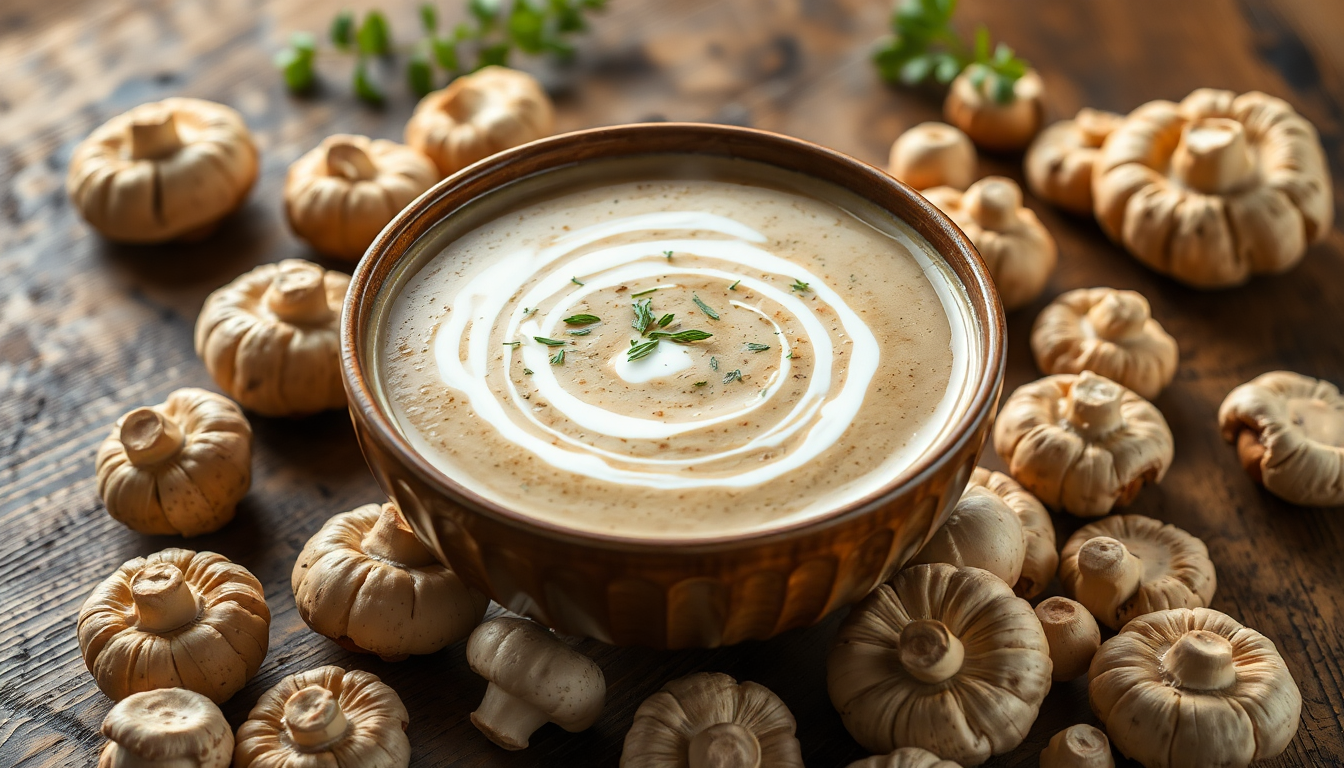


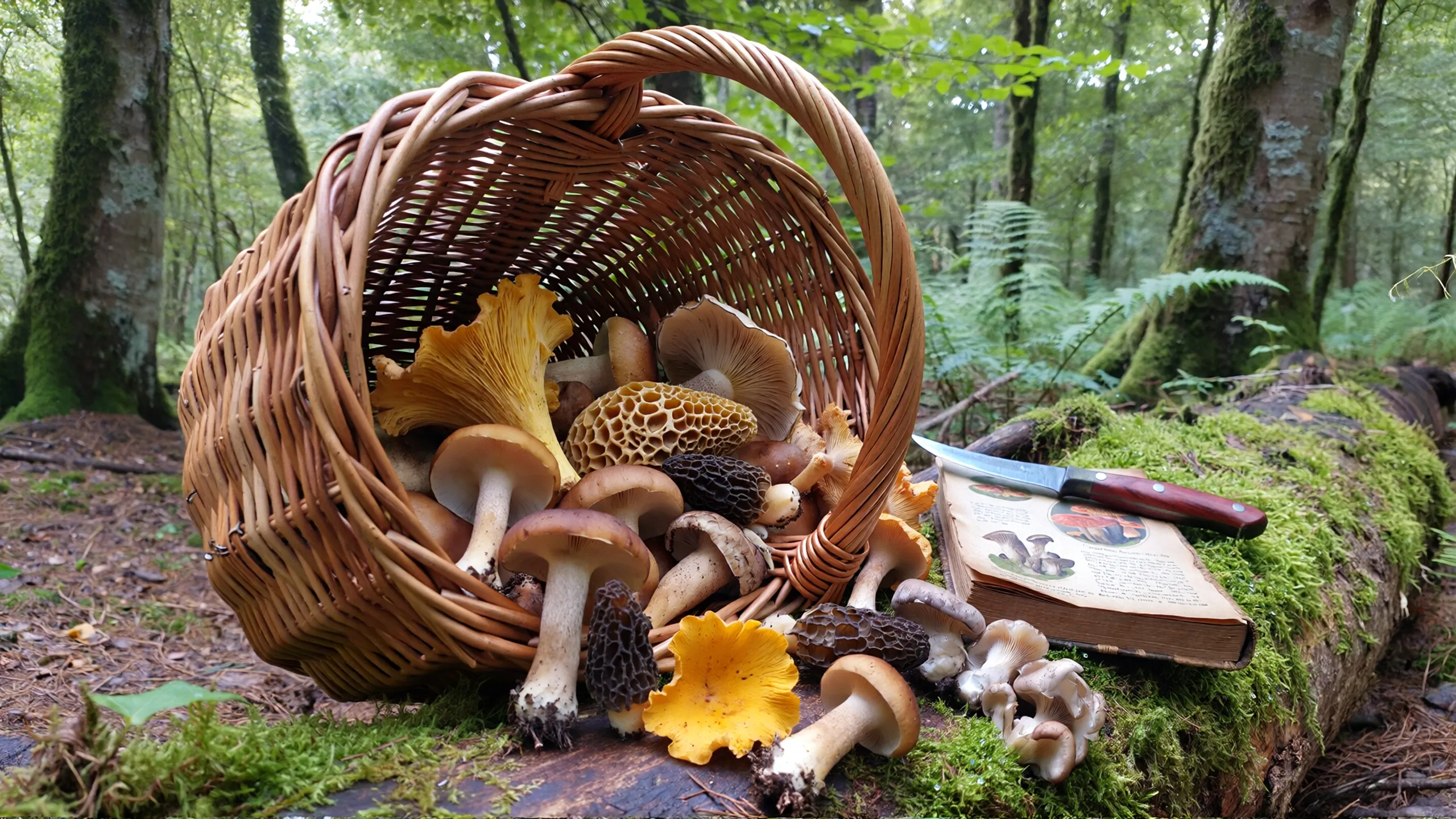

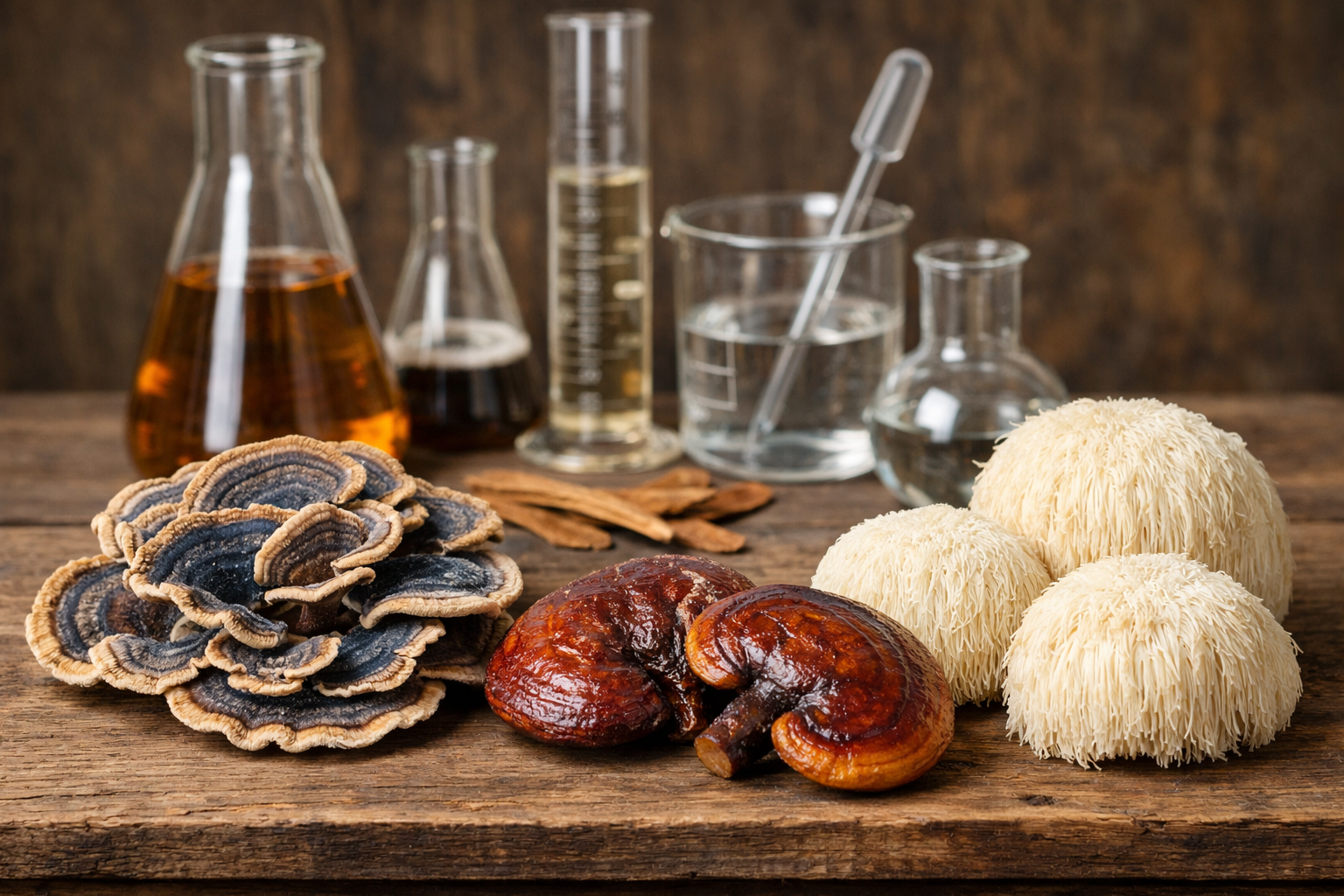
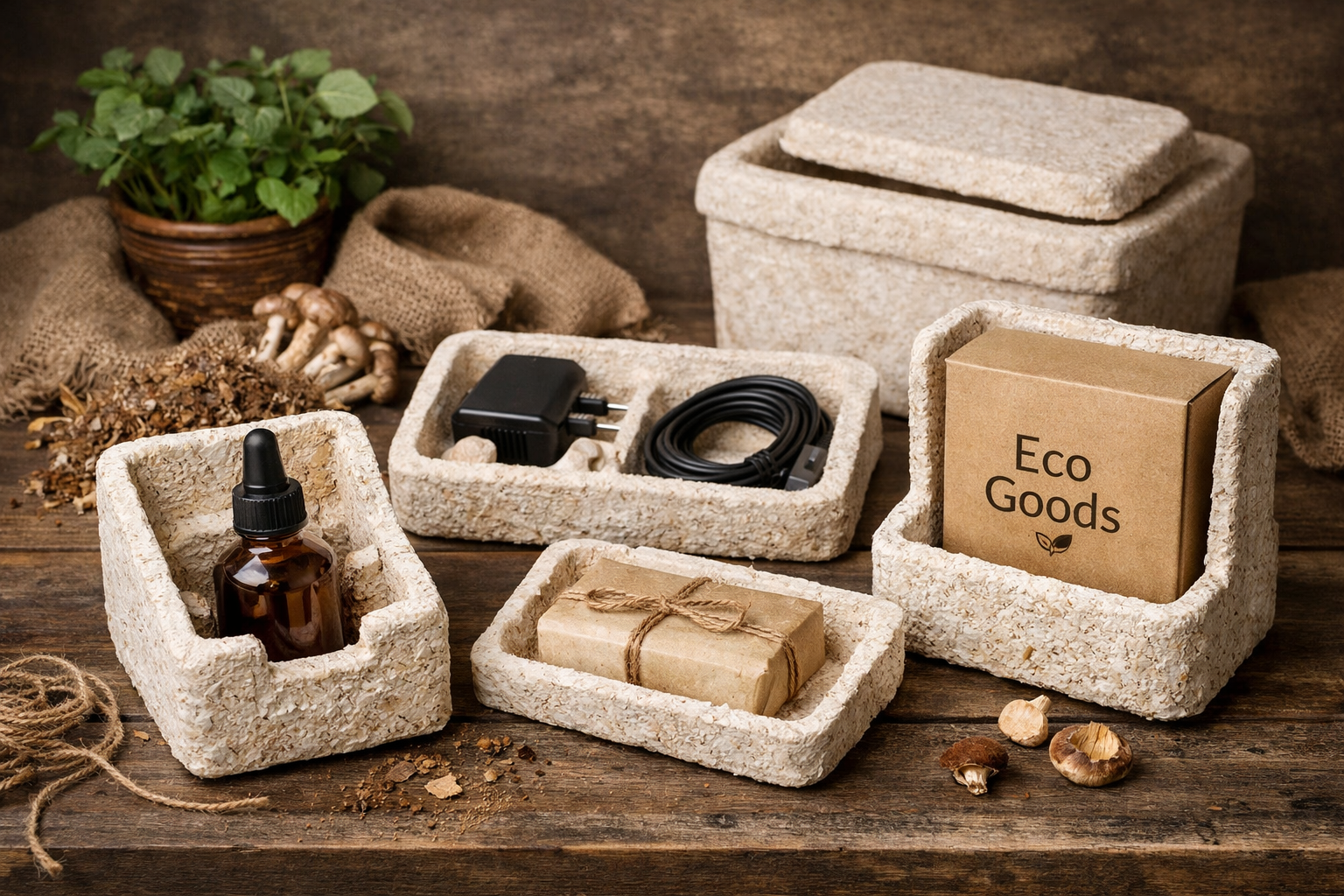

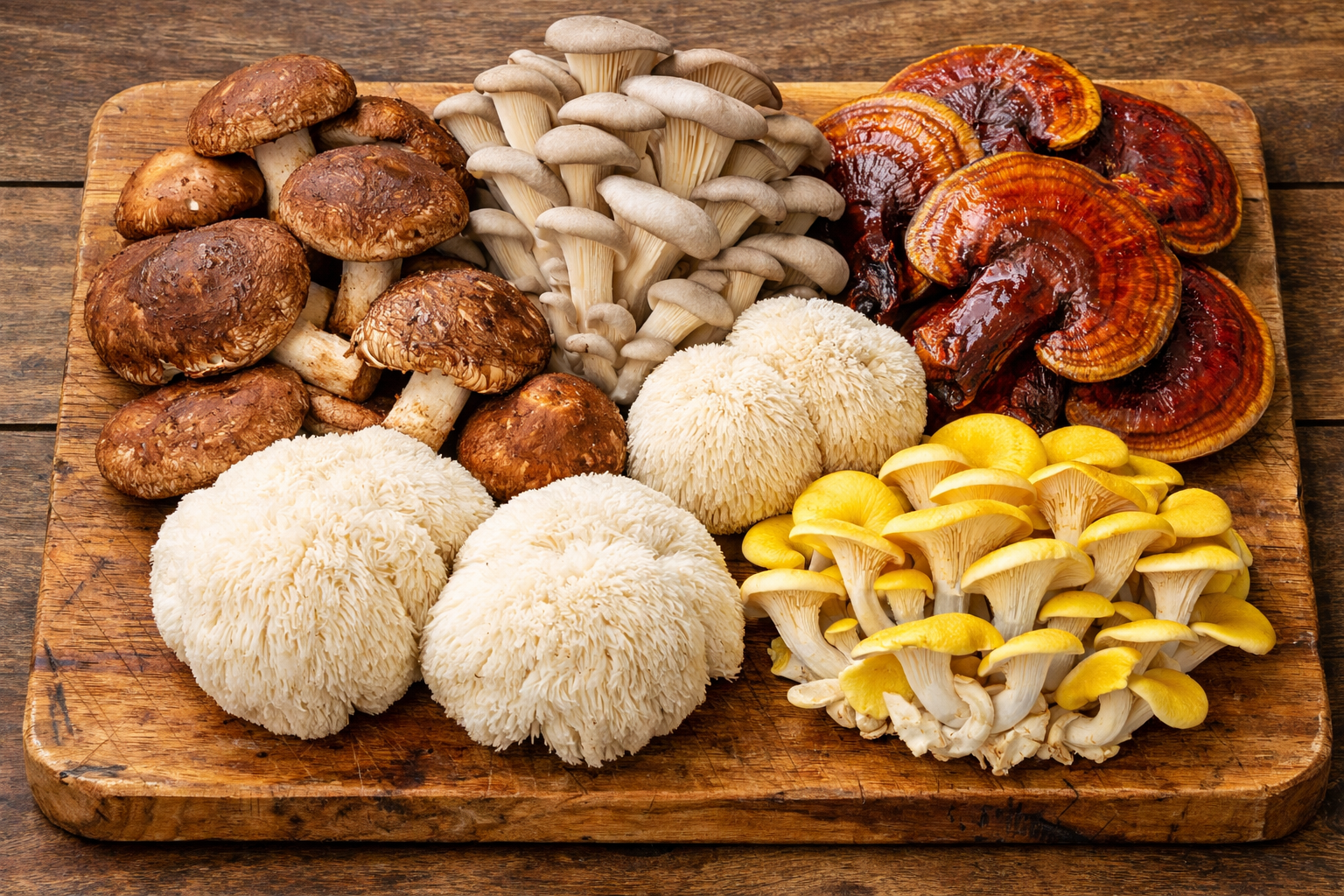
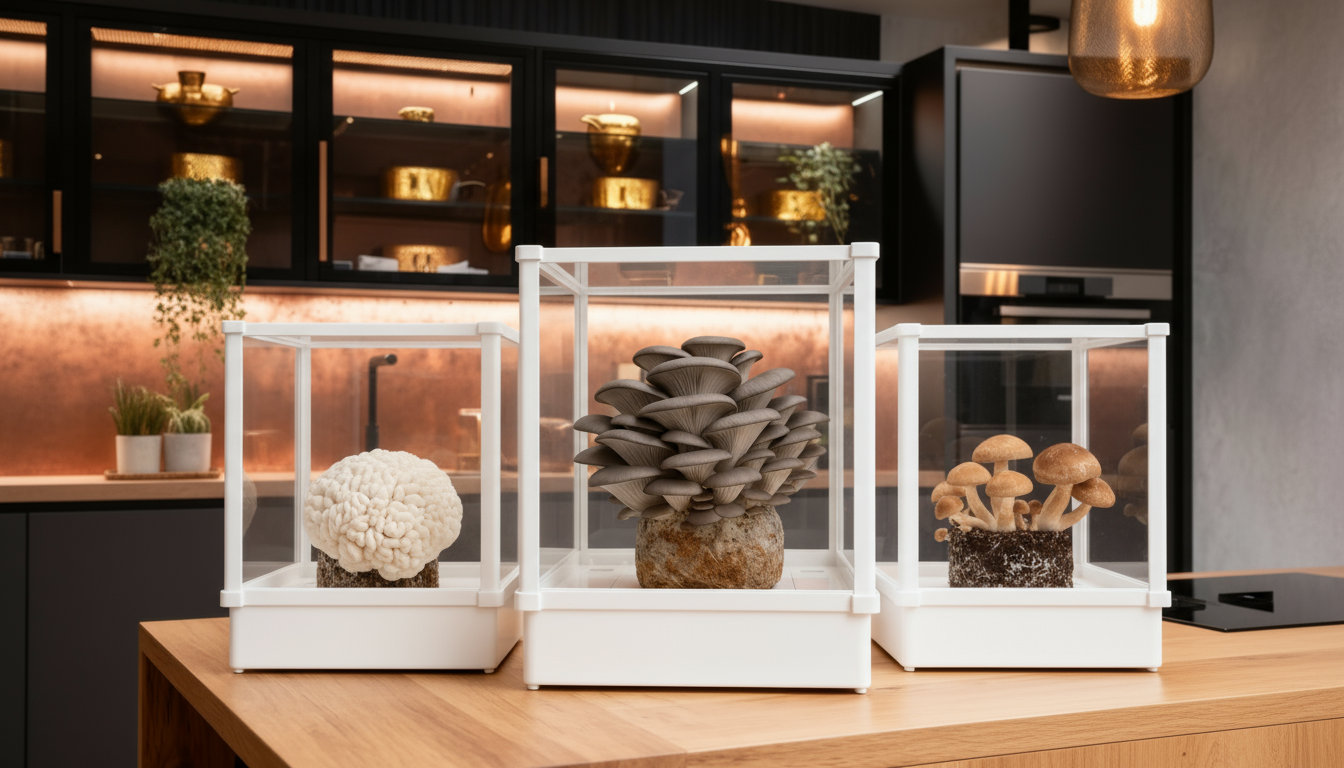
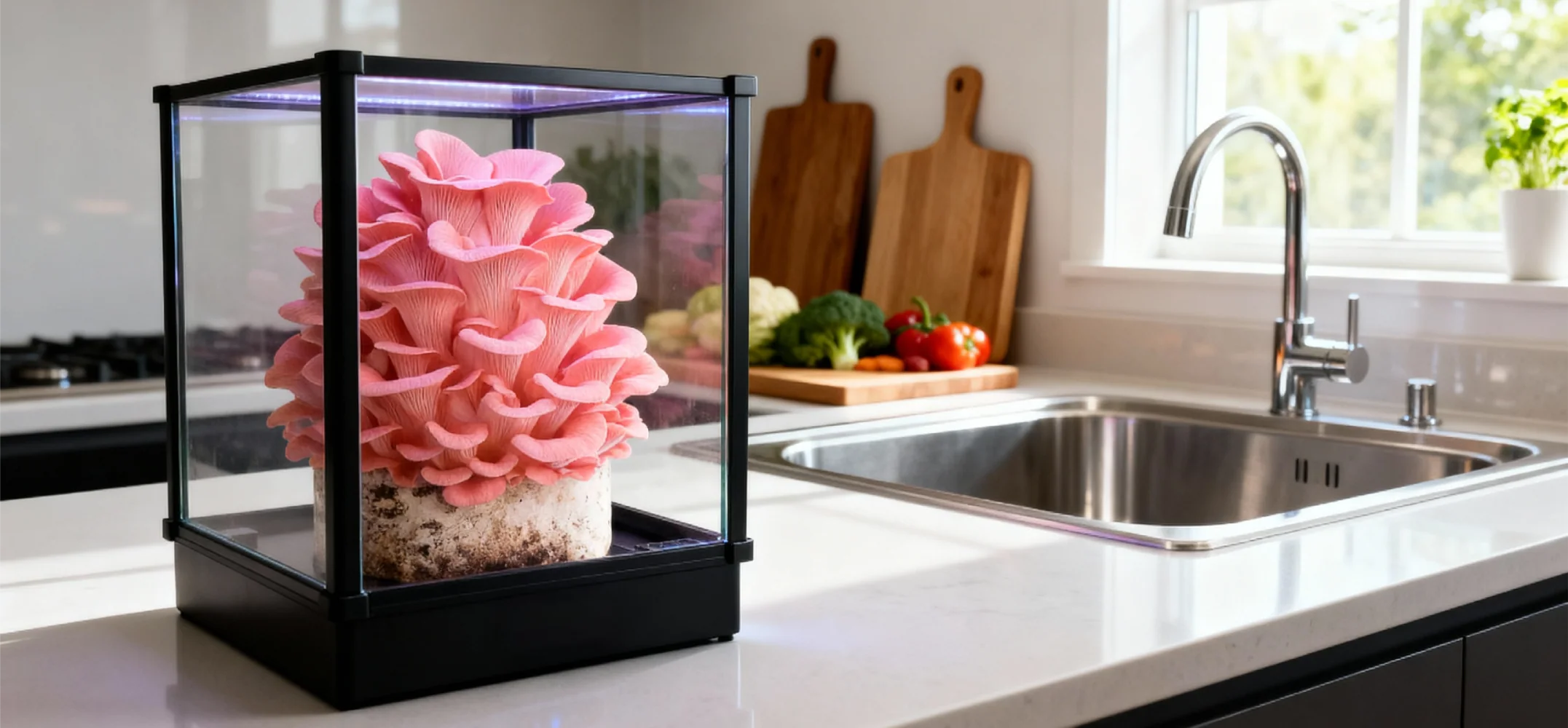

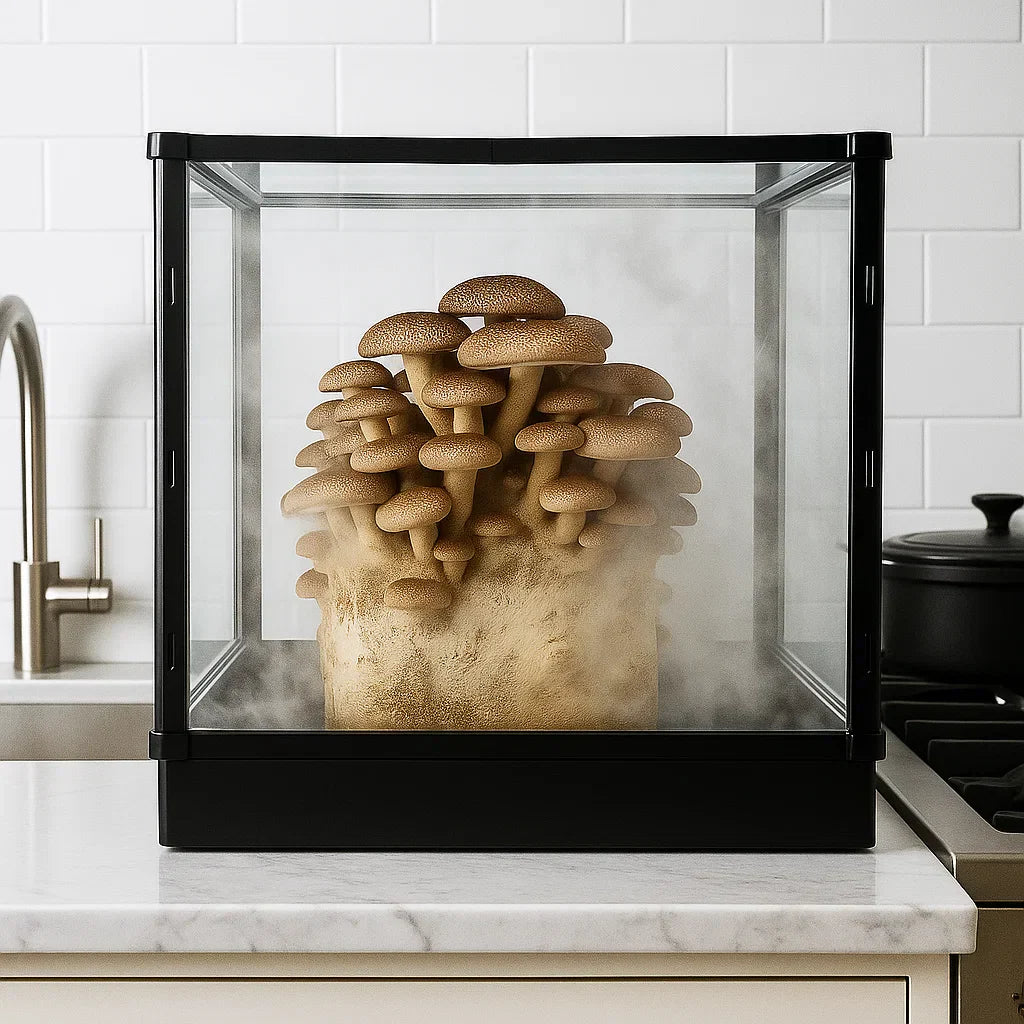
Share:
Fried Maitake Mushrooms: A Crispy and Delicious Delight
Maitake Mushroom Substitute: Delicious Alternatives